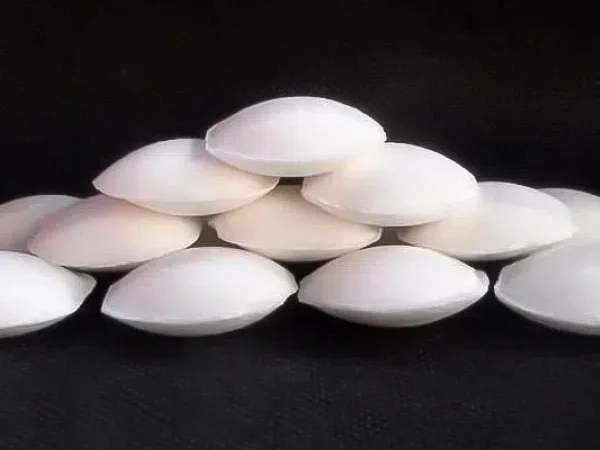
Sodium cyanide, with the chemical formula NaCN, is a compound that commands significant attention due to its unique properties, diverse applications, and high toxicity. This article aims to provide a detailed overview of Sodium cyanide, exploring its structure, physical and chemical properties, production methods, uses, and the associated safety and environmental considerations.
Chemical Structure and Properties
Sodium cyanide is an ionic compound made up of sodium cations (Na+) and cyanide anions (CN-). The cyanide ion has a linear structure, with a carbon atom triple-bonded to a nitrogen atom. This structure influences the compound’s reactivity and toxicity.
Physical Properties
Appearance: Typically, Sodium Cyanide presents as a white, crystalline solid, but it can also be found in powder or lump form.
Solubility: It is highly soluble in water, with around 400 grams able to dissolve in one liter of water at 25°C. This high solubility makes it useful in various industrial processes, yet it also raises concerns about accidental spills and improper handling.
Melting and Boiling Points: Sodium cyanide has a relatively high melting point of 563.7°C and a boiling point of 1496°C, which indicates the strength of the ionic bonds holding the compound together.
Density: Its density is approximately 1.6 grams per cubic centimeter, greater than that of water, causing it to sink in aqueous solutions.
Chemical Properties
Basicity: Sodium cyanide is a moderately strong base. When it is in an aqueous solution, it undergoes hydrolysis. This process produces hydroxide ions (OH-), making the solution alkaline.
Reactivity with Metals: One of the most notable features of sodium cyanide is its strong affinity for metals. In industries like Gold mining, in the presence of oxygen and water, sodium cyanide reacts with gold. This reaction forms a soluble gold cyanide complex, enabling the extraction of gold from ores.
Reaction with Acids: Sodium cyanide reacts vigorously with acids to produce hydrogen cyanide, a highly toxic gas. Even weak acids can trigger this reaction, so it's crucial to handle sodium cyanide with extreme care around acidic substances.
Oxidation and Reduction Reactions: Sodium cyanide can participate in oxidation and reduction reactions. Strong oxidizing agents can oxidize it into less toxic substances, while under certain conditions, it can act as a reducing agent in chemical reactions.
Production Methods
The production of sodium cyanide involves several chemical processes, with the Andrussow process and the Castner process being the most common.
The Andrussow Process
This is the widely used industrial method for producing sodium cyanide. It involves reacting methane, ammonia, and oxygen over a platinum catalyst at high temperatures, around 1000°C. The resulting hydrogen cyanide then reacts with sodium hydroxide to form sodium cyanide.
The Castner Process
In the Castner process, sodium amide reacts with carbon at high temperatures, around 800 - 1000°C, to produce sodium cyanide and hydrogen gas. However, this process is less commonly used nowadays because it requires a lot of energy and produces a product with relatively lower purity compared to the Andrussow process.
Applications of Sodium Cyanide
Sodium cyanide has a wide range of applications across various industries, mainly due to its unique chemical properties.
Gold and Silver Mining
One of the most significant uses of sodium cyanide is in extracting gold and silver from ores. The process, called cyanidation, involves dissolving the precious metals in a sodium cyanide solution when oxygen is present. This forms soluble metal cyanide complexes that can be separated from the ore and further processed to obtain pure gold or silver. Cyanidation is highly effective for extracting precious metals from low-grade ores, making it an essential technique in the mining industry.
Chemical Synthesis
Sodium cyanide is a crucial building block in the synthesis of various chemical compounds. It is used in the production of nitriles, which serve as important intermediates in manufacturing pharmaceuticals, plastics, and synthetic fibers. For example, in the synthesis of acrylonitrile, a key monomer for making polyacrylonitrile fibers used in textiles and carbon fiber production, sodium cyanide acts as a reactant.
Electroplating
In the Electroplating industry, sodium cyanide is used in some plating baths to enhance the quality and adhesion of metal coatings. It helps deposit metals like copper, silver, and gold onto different substrates, resulting in a more uniform and durable finish. However, due to its toxicity, alternative non-cyanide plating processes are being developed and adopted.
Pest Control
Sodium cyanide has been used as a rodenticide and insecticide in the past. Its high toxicity makes it effective in controlling pest populations. But many countries have restricted its use in this area because of the potential risks it poses to human health and the environment.
Laboratory Applications
In laboratory settings, sodium cyanide is used as a reagent in various chemical reactions. It is often employed in organic synthesis to introduce the cyanide group (-CN) into organic compounds, which can then be further modified to create a wide range of products.
Toxicity and Safety Considerations
Sodium cyanide is extremely toxic and poses significant risks to human health and the environment.
Toxicity Mechanism
When sodium cyanide enters the body, it breaks down to release cyanide ions (CN-). These ions bind to the iron atom in cytochrome c oxidase, an enzyme involved in the cell's electron transport chain. This binding inhibits the enzyme's function, preventing cells from using oxygen effectively. As a result, cells can't generate energy through aerobic respiration, leading to cell death and, in severe cases, the death of the organism.
Routes of Exposure
Inhalation: Inhaling sodium cyanide dust or fumes can quickly lead to toxic effects. Even a small amount inhaled can be life-threatening.
Ingestion: Swallowing sodium cyanide is extremely dangerous. A very small dose, usually less than 50 - 100 milligrams for an average adult, can be fatal.
Dermal Contact: Skin contact with sodium cyanide can allow the compound to enter the body, especially if there are cuts or abrasions. Prolonged or repeated skin contact can cause skin irritation, burns, and systemic toxicity.
Symptoms of Poisoning
Symptoms of sodium cyanide poisoning can vary depending on the route and extent of exposure. Early symptoms may include headache, dizziness, weakness, nausea, vomiting, rapid breathing, and a feeling of tightness in the chest. Advanced symptoms can be seizures, loss of consciousness, respiratory failure, and cardiac arrest. In severe cases, death can occur within minutes of exposure.
Safety Precautions
Due to its extreme toxicity, strict safety measures must be followed when handling sodium cyanide. All personnel involved in its handling, storage, or transportation should receive thorough training on its properties, hazards, and safe handling procedures. Workers should wear appropriate personal protective equipment, including chemical-resistant gloves, goggles, respirators, and protective clothing. Work areas should be well-ventilated to minimize the risk of inhaling fumes or dust. Sodium cyanide should be stored securely in a well-ventilated area away from acids, oxidizing agents, and other incompatible substances. In case of a spill, proper containment and cleanup procedures should be immediately carried out to prevent the release of toxic fumes. Facilities using or storing sodium cyanide should have comprehensive emergency response plans, including procedures for dealing with spills, exposures, and medical emergencies. First aid kits and antidotes, such as hydroxocobalamin or sodium nitrite/sodium thiosulfate, should be readily available for treating cyanide poisoning.
Environmental Impact
The release of sodium cyanide into the environment can have severe consequences. If it enters water bodies, it can be extremely harmful to aquatic life. The cyanide ions are toxic to fish, invertebrates, and other aquatic organisms, disrupting the aquatic ecosystem. Additionally, when sodium cyanide hydrolyzes in water, it can produce hydrogen cyanide gas, which can enter the atmosphere and contribute to air pollution. Sodium cyanide spills on land can contaminate the soil, making it unsuitable for plant growth. The cyanide can bind to soil particles and may remain in the environment for a long time, depending on soil conditions and the presence of microorganisms that can break it down. As mentioned before, when sodium cyanide reacts with acids or moisture in the air, it can release hydrogen cyanide gas, a highly toxic air pollutant that can harm humans, animals, and plants nearby.
Conclusion
Sodium cyanide is a compound with unique chemical properties that make it useful in various industrial applications. However, its extreme toxicity and potential for environmental harm cannot be ignored. It is essential for all industries using sodium cyanide to implement strict safety measures to safeguard workers, the public, and the environment. Moreover, continuous efforts should be made to develop alternative methods and compounds that can achieve the same industrial goals without the associated risks of sodium cyanide. By understanding its properties, uses, and hazards, we can work towards minimizing its negative impacts while still utilizing its valuable properties when necessary.
- Random Content
- Hot content
- Hot review content
- The Essential Guide to Sodium Cyanide: Usage Cases and Sourcing
- Sodium Isopropyl Xanthate 90% SIPX
- Collector BLK-301/Composite Flotating Active Matter ≥60%
- Potassium Permanganate – Industrial Grade
- Pharmaceutical Grade Zinc Acetate
- Adipic acid 99% used as the material of nylon 66
- Caprylic/capric triglyceride
- 1Discounted Sodium Cyanide (CAS: 143-33-9) for Mining - High Quality & Competitive Pricing
- 2China's New Regulations on Sodium Cyanide Exports and Guidance for International Buyers
- 3Sodium Cyanide 98% CAS 143-33-9 gold dressing agent Essential for Mining and Chemical Industries
- 4International Cyanide(Sodium cyanide) Management Code - Gold Mine Acceptance Standards
- 5China factory Sulfuric Acid 98%
- 6Anhydrous Oxalic acid 99.6% Industrial Grade
- 7Oxalic acid for mining 99.6%
- 1Sodium Cyanide 98% CAS 143-33-9 gold dressing agent Essential for Mining and Chemical Industries
- 2High Quality 99% Purity of Cyanuric chloride ISO 9001:2005 REACH Verified Producer
- 3Zinc chloride ZnCl2 for High Molecular Weight Polymers Initiator
- 4High Purity · Stable Performance · Higher Recovery — sodium cyanide for modern gold leaching
- 5High Quality Sodium Ferrocyanide / Sodium Hexacyanoferr
- 6Gold Ore Dressing Agent Safe Gold Extracting Agent Replace Sodium Cyanide
- 7Sodium Cyanide 98%+ CAS 143-33-9

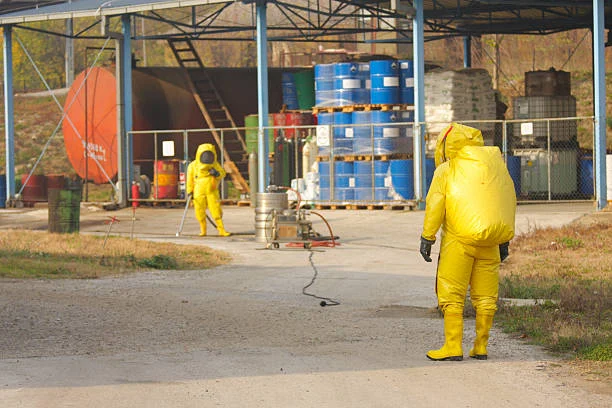
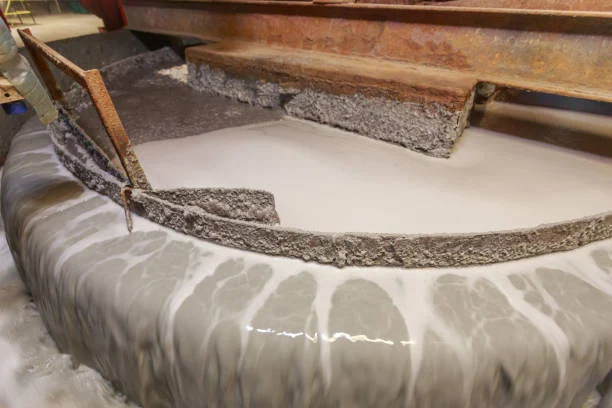
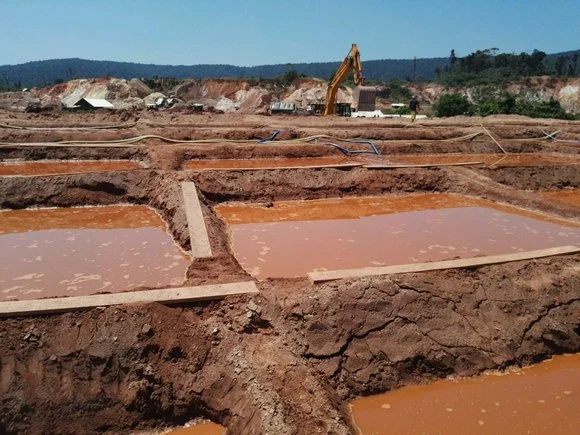
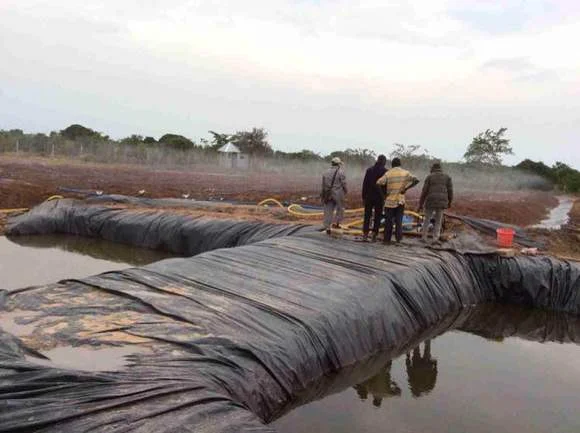

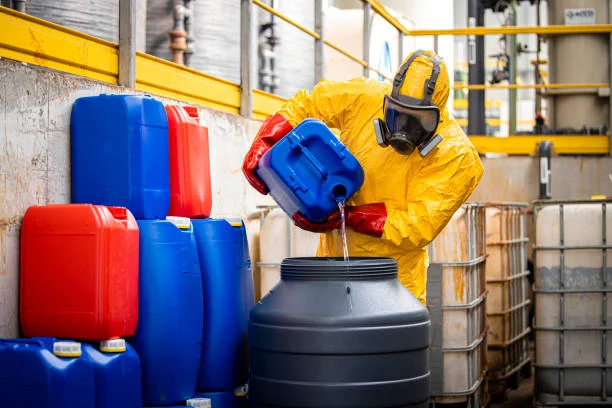
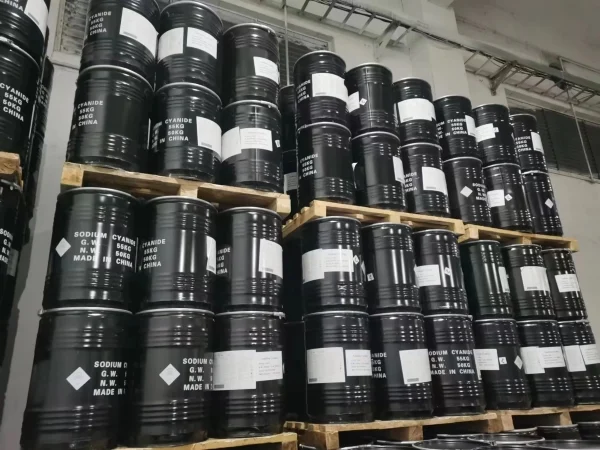



Online message consultation
Add comment: